Weeds & Invasive Plants
All Weeds & Invasive Plants Content
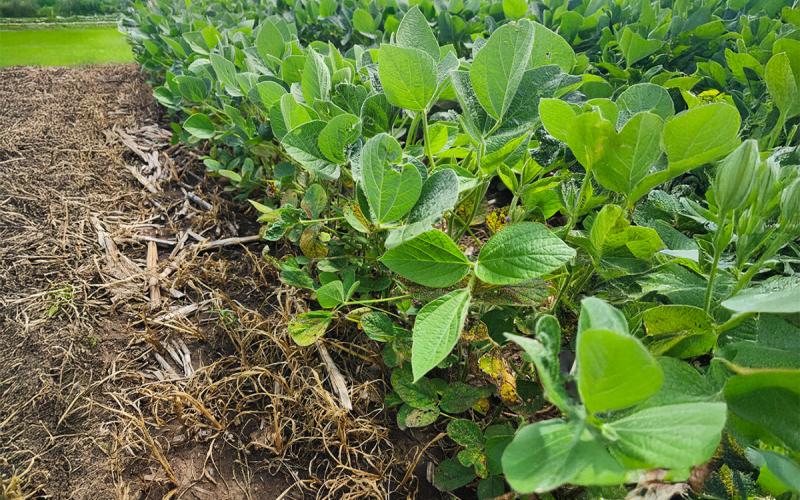
Burnt Soybeans Look a Lot Better Than Weedy Beans!
Prior to the introduction of Roundup-Ready soybean, growers were accustomed to soybeans exhibiting short-lived herbicide injury. While soybean plants may look unsightly from a PPO-inhibiting herbicide application, a more unsightly view is a soybean field full of weeds.
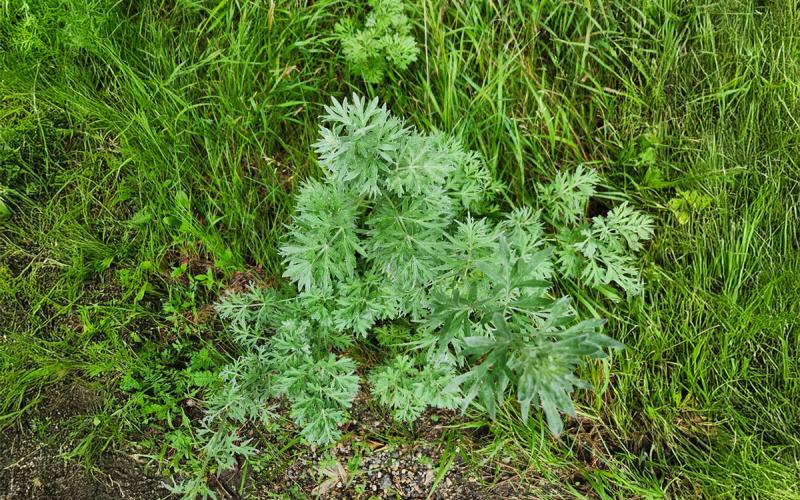
Absinth Wormwood Spray Window Passed: Mow now and plan to treat the regrowth in the fall
Absinth wormwood is a statewide noxious weed that inhabits cropland, pasture, rangeland, right-of-ways, and waste sites. If not effectively managed, the species can displace desirable vegetation, reduce crop yield and decrease land value.

Inexpensive and Simple Herbicide Programs in Corn and Soybean Will Not Be Effective
While selecting an inexpensive program with only one active ingredient in each application may be tempting due to the current agricultural economy, the result will likely be a more expensive problem in the future.
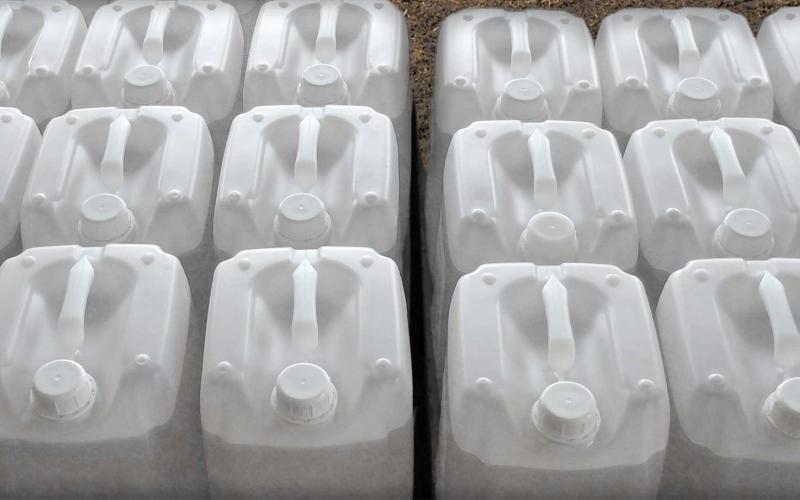
2025 Pesticide Container Recycling
The South Dakota Department of Agriculture and Natural Resources is again offering pesticide container recycling services across the state. View a complete list of 2025 dates and locations.
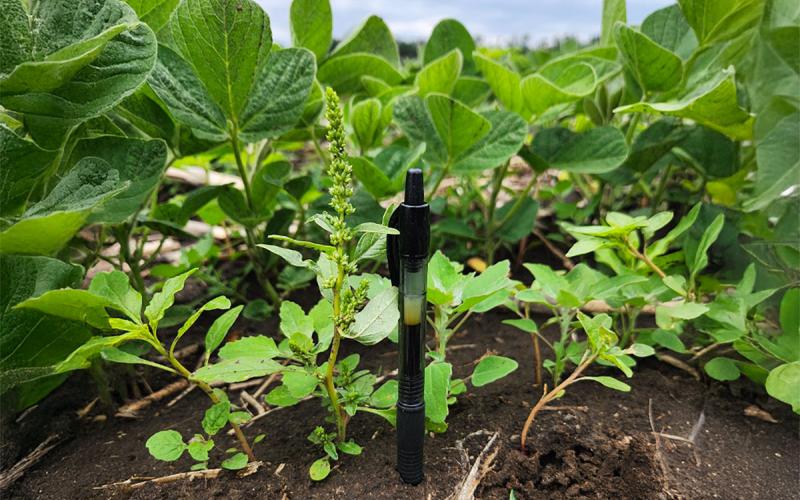
Waterhemp is flowering. No seeds present yet.
Waterhemp is one of the most-difficult weeds to manage in South Dakota row crops. While herbicide resistance is a great factor in the difficulty of managing this weed, the biology of the species plays an important role as well.
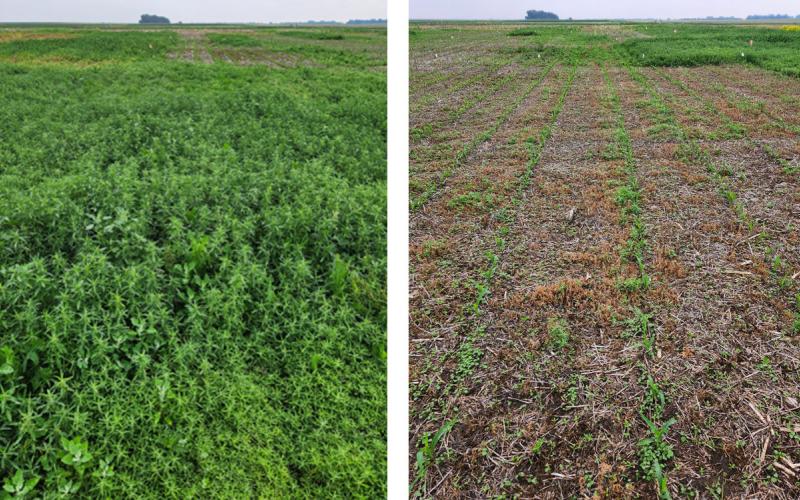
Glufosinate + lactofen is likely an effective mixture to manage kochia postemergence in soybean
Kochia is a difficult to manage weed that infests crops across South Dakota. Mixing effective herbicides is a tactic that can reduce selection pressure on resistant weeds and increase the effectiveness of weed management.
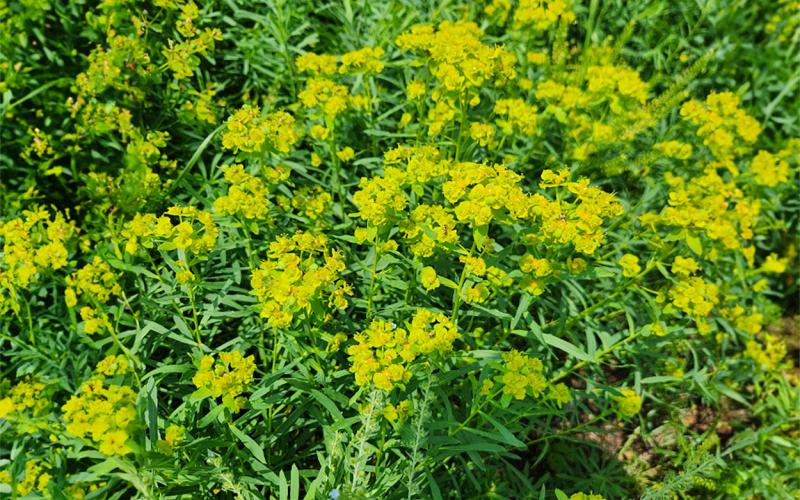
Leafy Spurge: Do I spray now or wait until fall?
In June, leafy spurge is one of our most problematic rangeland, pasture, and roadside weeds. It is also one of South Dakota’s noxious weeds that landowners are required by law to control. So should you spray it now or wait until fall?
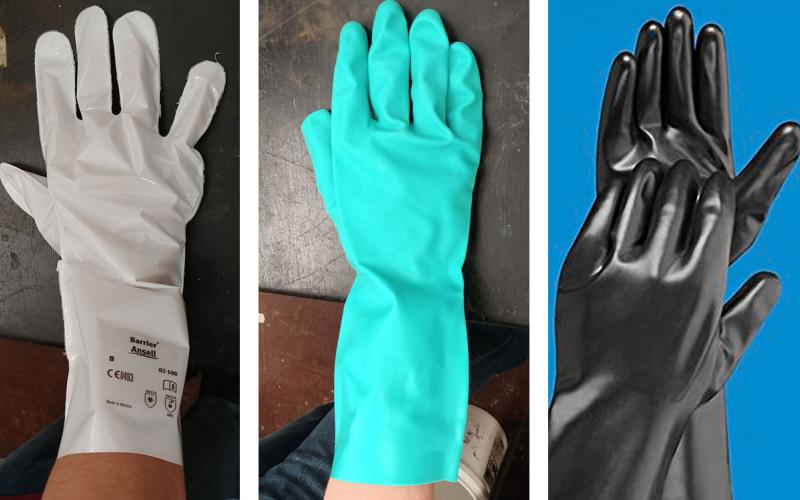
Pesticide Personal Protective Equipment: Glove Selection
Safety gloves are one of the most-important pieces of pesticide personal protective equipment. Glove material is very important, as not all materials provide the same protection for different pesticide ingredients.
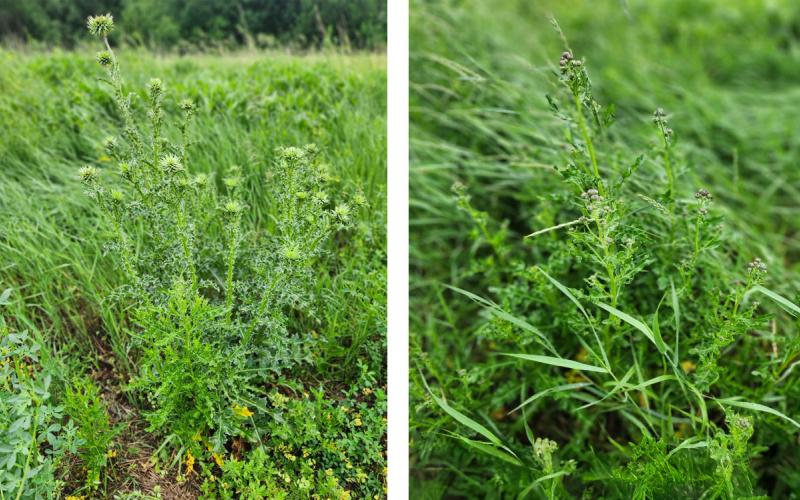
Thistle Species Are Budding in South Dakota
Thistles are starting to bud across South Dakota. This is a critical growth stage for management, as the plants are beginning to produce seeds and herbicides are not effective.
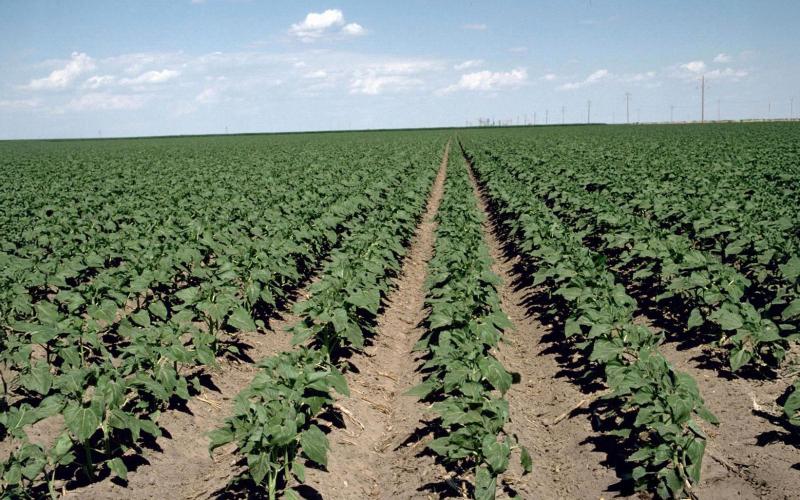
Overlapping Residual Herbicides May Be Necessary for Effective Weed Management
Weed management in sunflowers poses unique challenges. Compared with many other crops, there is a limited number of herbicides selections, especially postemergence herbicides.